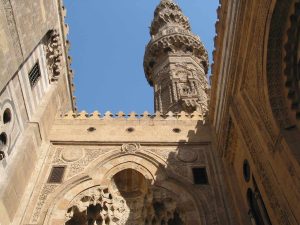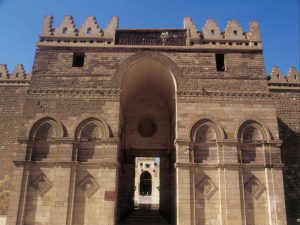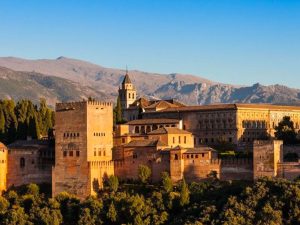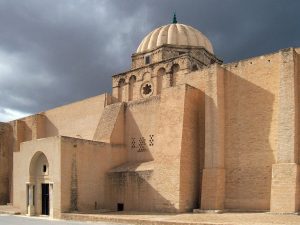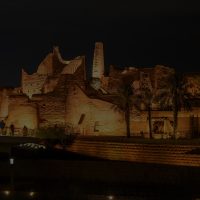The Fatimid architecture was a style of Islamic architecture that rose to popularity from the 10th century to the 12th century in northern Africa, Egypt and the Middle East. The Fatimid reign was quite extensive and during that time, the area underwent numerous changes, including cultural, linguistic and architectural. This architectural style is often seen as a combination of both North African and Middle Eastern species, with original ideas and innovations.
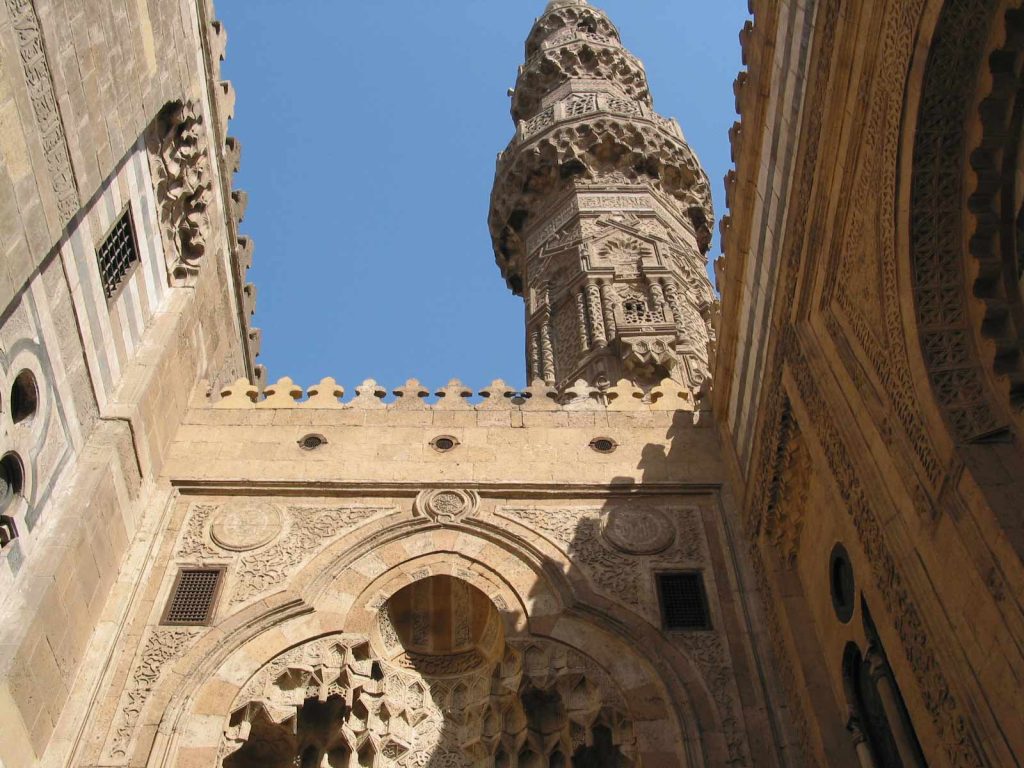
History:
Founded in the year 909 as a break-away Shi’ite state, the Fatimid dynasty was the longest ruling dynasty in Islamic history. This dynasty stretched from North Africa to the Middle East, and its political power was rooted in its spiritual character. Coming from the line of Ismaili Imams, the Fatimids were a religious force whose edifices were seen as a manifested representation of the divine rule of the Islamic caliphate.
Main Design Elements:
The design of Fatimid architecture is heavily influenced by Arabic traditions. Common elements include arches and domes, intricate carvings and relief work, geometric and arabesque patterns, geometric interlacing, and bright saturated colors. These elements are often seen in their mosques, palaces, and gardens. Fatimid architecture is characterized by its unique unity of interior and exterior as well as its bright and elegant color scheme. Arches and domes were favored by the Fatimids as they appear in many of their famous buildings and are often accompanied by tall double doors, latticed woodwork and colorful ceramics. Intricate relief carvings and geometric interlacing were popular arts used to decorate the exteriors of Fatimid structures. Islamic patterns and motifs, such as stars and stripes, Kufic inscriptions, and abstract shapes were utilized to decorate floors, walls and ceilings. Lastly, bright and saturated colors of paint, tiles
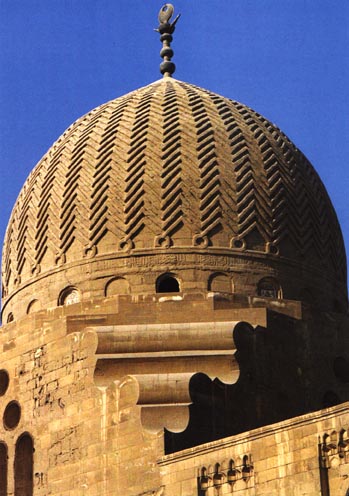
Here are some of the most famous Fatimid Architecture examples:
Al-Azhar Mosque
Cairo, Egypt
Built in 972, Al-Azhar Mosque is one of the oldest surviving Islamic buildings in the world and the first Islamic university.
Al-Hakim Mosque
Cairo, Egypt
Built in 990, this is the oldest Fatimid mosque still standing. Its unique design includes an open prayer hall, surrounded by a double colonnade.
Palacio de Alhambra
Granada, Spain
Built in the 13th century, the palace was the main administrative center of the Fatimid dynasty ruling in Spain. Its grand architecture features elaborate carvings, mosaics, and ornate courtyards.
Great Mosque of Qayrawan
Tunisia
Built in 836, the mosque was the first major structure to be constructed in North Africa under the Fatimid dynasty. It features several distinct architectural styles, incorporating the distinctive lines and curves


